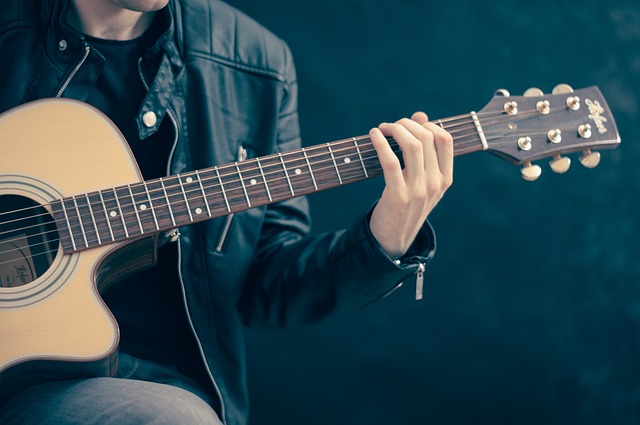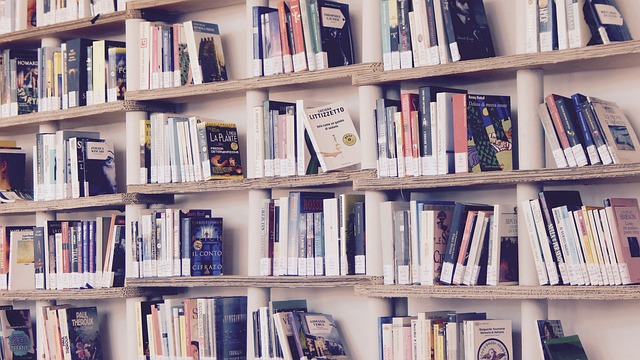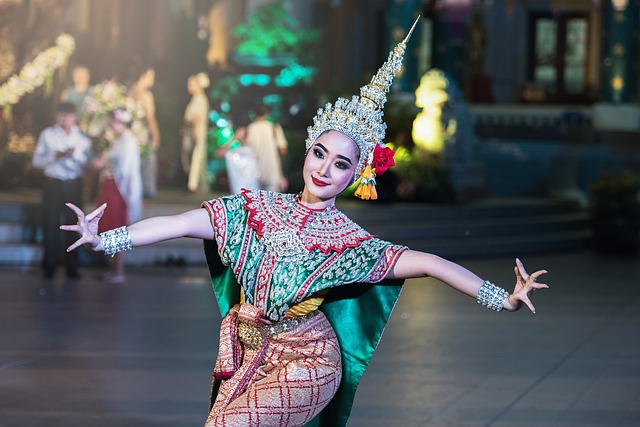
Culture plays a significant role in shaping the bonds within a community, weaving together the threads that form society's tapestry. Through shared values and beliefs, cultural celebrations and festivals, language and communication, traditional customs and rituals, as well as art, music, and dance as cultural expressions, communities are able to establish a sense of identity and belonging.
This article explores how culture influences social cohesion by examining the various ways in which it shapes community bonds. By understanding these dynamics, we can gain insights into the importance of preserving and celebrating cultural diversity in fostering cohesive societies.
Key Takeaways
- Intergenerational traditions, religious practices, and shared values and beliefs play a crucial role in shaping community bonds.
- Cultural celebrations and festivals foster cohesion, promote cultural integration, preserve customs, attract visitors, and reinforce social bonds.
- Language and communication are essential for building community bonds, and understanding cultural nuances is crucial in cross-cultural communication.
- Traditional customs and rituals help preserve cultural heritage, strengthen community bonds, and provide continuity and stability in a changing world.
- Art, music, and dance serve as powerful cultural expressions, representing symbols, values, and stories, promoting intercultural exchange, and celebrating shared history and diverse cultures.
Shared Values and Beliefs
The study examines the role of shared values and beliefs in shaping community bonds.
Intergenerational traditions play a significant role in fostering a sense of belonging and unity within communities. These traditions are passed down from one generation to another, serving as a means of connecting individuals and strengthening community ties. They provide a framework for social interactions and create a sense of continuity and stability within the community.
Additionally, religious practices also contribute to the formation of community bonds. Religious rituals and ceremonies bring people together, providing opportunities for individuals to connect with one another on a spiritual level. They offer shared experiences that reinforce common values and beliefs, promoting solidarity among community members.
Overall, shared values and beliefs, encompassing both intergenerational traditions and religious practices, play an integral role in shaping the fabric of society by cultivating strong community bonds.
Cultural Celebrations and Festivals
Cultural celebrations and festivals serve as important events within a given community, fostering a sense of cohesion and shared identity. These occasions provide an opportunity for cultural integration, where diverse individuals come together to celebrate their collective heritage. Through such festivities, different cultures can coexist and interact, promoting understanding and appreciation for one another's traditions.
Furthermore, cultural celebrations contribute to the preservation of unique customs and practices that might otherwise be forgotten or overshadowed by globalization. By showcasing traditional dances, music, food, and attire, these events become a platform for passing down ancestral knowledge from one generation to the next.
Additionally, cultural celebrations often attract visitors from outside the community who are curious about different cultural practices. This exposure not only generates interest but also fosters respect and acceptance among individuals with varying backgrounds.

Ultimately, these festivities reinforce social bonds while maintaining the rich tapestry of our diverse society.
Language and Communication
Language and communication play a crucial role in facilitating understanding and interaction among individuals from diverse backgrounds. Nonverbal communication, such as body language and gestures, can often convey meaning more effectively than verbal communication alone. Cultural diversity further adds complexity to the ways in which people communicate, as different cultures have unique linguistic styles, idioms, and expressions. Understanding these cultural nuances is essential for effective cross-cultural communication and building strong community bonds. For instance, a simple nod of the head may mean agreement in one culture but disagreement in another. To illustrate this interplay between language and culture, consider the following table:
| Language |
Nonverbal Communication |
| English |
Handshakes, eye contact |
| Japanese |
Bowing |
| Italian |
Gesturing with hands |
| Arabic |
Greeting with kisses on both cheeks |
| Indian (Hindi) |
Namaste (hands pressed together in front of chest) |
This table highlights some examples of how nonverbal communication varies across different languages and cultures. By recognizing these differences and adapting our communication styles accordingly, we can foster understanding and strengthen community bonds within culturally diverse societies.
Traditional Customs and Rituals
Traditional customs and rituals reflect the rich heritage and beliefs of diverse communities. These cultural practices play a crucial role in the preservation of cultural heritage, ensuring that valuable traditions are passed down from one generation to another.
The intergenerational transmission of customs and rituals strengthens community bonds, fostering a sense of belonging and identity among individuals. Through these practices, communities are able to maintain their unique cultural identities while also promoting social cohesion.
Traditional customs and rituals often involve symbolic gestures, ceremonies, or performances that hold deep meaning for community members. They serve as a way to communicate shared values and norms, reinforcing social order within the community.
Furthermore, these customs provide individuals with a sense of continuity and stability in an ever-changing world. By embracing traditional customs and rituals, communities are able to celebrate their past while also shaping their future.
Art, Music, and Dance as Cultural Expressions
Art, music, and dance serve as powerful mediums through which individuals can express their cultural identities and connect with their heritage. These forms of cultural expression play a crucial role in fostering cultural diversity and preserving traditional customs.
Through art, individuals can visually represent their culture's unique symbols, motifs, and narratives. Music allows for the transmission of cultural values, stories, and emotions through melodic compositions that vary across different regions and communities. Dance embodies cultural traditions by incorporating specific movements, gestures, and rhythms that have been passed down through generations.

By engaging in these creative practices, communities can celebrate their shared history while also embracing the richness of their diverse cultures. Moreover, art, music, and dance provide a platform for intercultural exchange and understanding as people from different backgrounds come together to appreciate each other's expressions of identity.
Frequently Asked Questions
Cultural diversity positively impacts community bonds by fostering intercultural understanding and promoting social cohesion. The exchange of ideas, traditions, and perspectives encourages a sense of unity and appreciation for different cultures within a community.
What role does education play in preserving cultural traditions?
Education plays a crucial role in preserving cultural traditions by emphasizing the importance of language in transmitting knowledge and values. However, globalization poses challenges to cultural preservation as it promotes homogenization and dilution of traditional practices.
Cultural celebrations contribute to the overall well-being of a community by fostering cultural integration and empowering the community. These celebrations allow individuals to connect with their heritage, build social connections, and develop a sense of belonging and pride in their cultural identities.
Are there any challenges in maintaining traditional customs and rituals in modern society?
Preservation struggles and generational conflicts arise when attempting to maintain traditional customs and rituals in modern society. These challenges stem from cultural shifts, changing values, and the influence of globalization on individualism.
How do art, music, and dance serve as vehicles for cultural expression and identity?
Art, music, and dance serve as vehicles for cultural expression and identity through their ability to facilitate cultural exchange and artistic interpretation. They allow individuals to express their unique perspectives while also fostering a sense of freedom and creativity within the community.
 SportsHollywoodLifestyleFashionHome & GardenTrendsPrivacy PolicyTerms And Conditions
SportsHollywoodLifestyleFashionHome & GardenTrendsPrivacy PolicyTerms And Conditions
